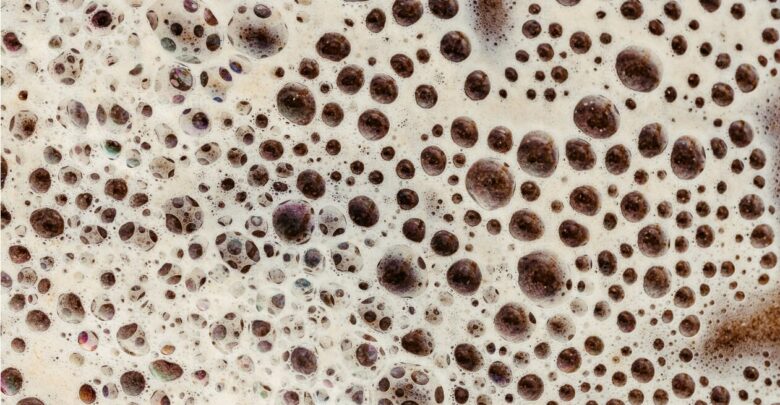 Gabriel Ayoku
Gabriel AyokuPunicic acid is known for its antioxidant and anti-cancer properties, and is mainly obtained from the oil of pomegranate seeds. A University of Alberta lab has identified a way to produce punicic acid from sugar fermentation using genetically modified yeast.
Guanqun (Gavin) Chen is an associate professor in the faculty of agricultural, life, and environmental sciences (ALES) at the U of A. His research focuses on plant lipid biotechnology and incorporates microbiology. Chen and his PhD student, Juli Wang, co-authored a study showing mutant yeast as an alternative source of punicic acid.
The need for alternative sources of punicic acid is largely driven by the high cost of obtaining pomegranate seed oil.
According to Chen, the price of pomegranate seed oil is “almost tenfold higher than [the price of] canola oil.”
The high price of pomegranate seed oil stems from the limited supply and cost of pomegranates. Pomegranate supply is negatively impacted by various factors such as climate-specific growth and labour-intensive cultivation.
To replace pomegranate seed oil, Chen’s lab is looking to produce punicic acid from sugar fermentation by yeast.
“We think if we can produce it from yeast that will be attractive,” Chen said.
“Baker’s yeast itself does not produce any punicic acid,” Chen says
During fermentation, yeast breaks down sugar into ethanol, carbon dioxide, and other minor products, such as certain fatty acids. Intending to obtain punicic acid from this process, Chen’s lab had to solve one problem.
“Baker’s yeast itself does not produce any punicic acid,” Chen said.
To enable baker’s yeast to produce punicic acid during fermentation, Chen’s lab modified the genetic makeup of baker’s yeast using Clustered Regularly Interspaced Short Palindromic Repeats (CRISPR).
CRISPR is a “recently developed method [used] to precisely edit genes on any organism,” Chen explained.
The CRISPR method can be thought of as molecular scissors allowing you to precisely remove or insert genes within the same organism or between organisms.
“We got one gene from pomegranate seeds and then put that into yeast,” Chen said.
A single gene from pomegranate seeds inserted into yeast only led to a small amount of punicic acid after fermentation. Then, Wang experimented with random gene combinations to determine which yeast mutant yielded the most punicic acid after fermentation.
“Overall, we increased [punicic acid] up to 80-fold in terms of content,” Chen said.
“Our plan is to grow yeast in fermenters and scale that up,” Chen says
In addition to being able to increase punicic acid content with CRISPR, the genes transferred into the yeast are well integrated.
According to Chen, this means “you won’t lose the gene after generation and generation and generation.”
To reduce the cost of punicic acid production via fermentation, Chen’s lab will be replacing glucose with sugar beet molasses. As a by-product of sugar production, sugar beet molasses will be a cheaper source of sugar for yeast fermentation.
Furthermore, Chen is looking to scale up punicic acid production with a Natural Sciences and Engineering Research Council of Canada (NSERC) research proposal. NSERC provides funding for research and innovation in Canada.
“If we get the funding, our plan is to grow yeast in fermenters and scale that up,” Chen said.




